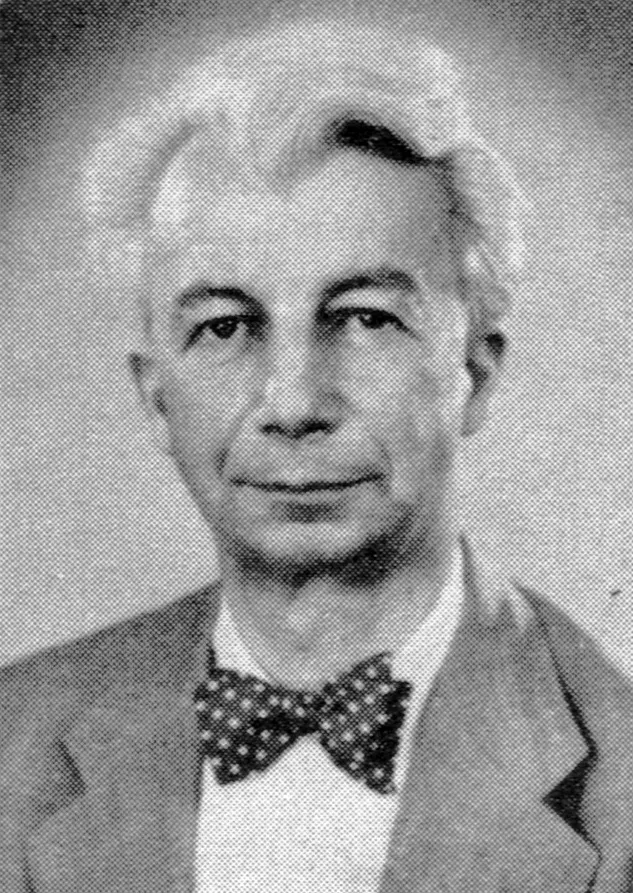Emiliano Grignani is the grandson of Franco Grignani, one of the most versatile and influential Italian designers. Well-known for his advertising, painting and the way he could visualise motion in such a unique way. I interviewed Emiliano to find out more about Franco and his influence on graphic design and the great resource, https://www.francogrignani.info.


